NFTs (Non-Fungible Tokens) are digital assets based on blockchain technology that represent unique items or content, such as artwork, music, game items, and more. Unlike fungible tokens like Bitcoin, each NFT is one-of-a-kind, possessing distinct value and characteristics. NFTs are typically traded through smart contracts, ensuring ownership and scarcity.
Learn through videos
Basic Concepts
Non-Fungible Token (NFT): NFTs are unique digital assets, with each token having specific attributes and value. You can think of it as a unique collectible card, where each card has different characteristics.
Blockchain Technology: NFTs are often built on blockchain platforms like Ethereum, which support smart contracts, ensuring the ownership and transparency of transactions. Blockchain is a distributed ledger technology that records all transaction information, making it tamper-proof.
Structure of NFTs
Smart Contracts: The core of NFTs is smart contracts, which define the attributes of the NFT, ownership transfer, and transaction rules. When you purchase an NFT, the contract automatically records the transaction details and updates ownership.
Metadata: Each NFT contains metadata that describes the token’s characteristics, such as links to images, audio, video, or other digital content. This metadata forms the basis of the NFT's uniqueness.
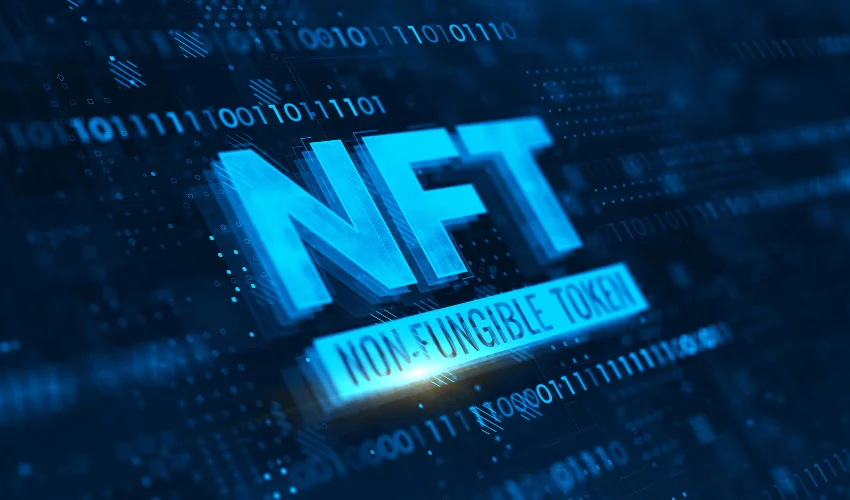
Sources of Value for NFTs
Scarcity: The uniqueness and scarcity of NFTs are significant sources of their value. Creators can limit the number of pieces issued, thus increasing their value. For example, an artist might mint only one piece, making it a unique collectible.
Reputation of the Creator: The creator's reputation directly impacts the market value of an NFT. Works by well-known artists typically sell for higher prices, while emerging artists may take time to establish their reputation.
Community and Culture: The community and culture surrounding certain NFT projects can also affect their value. Active community support and good word-of-mouth can drive demand and increase the value of NFTs.
Use Cases for NFTs
Digital Art: NFTs enable artists to create and sell unique digital works, ensuring their creations are authenticated and protected. Once an artist mints an NFT, buyers gain ownership, which provides better recognition for the creator.
Music: Musicians can interact directly with fans by issuing NFTs, selling unique music pieces or concert tickets. This allows artists to generate more income while building closer connections with their audience.
In-Game Assets: In games, players can own and trade unique virtual items (like characters, equipment, etc.), which can be transferred to other players. For instance, players might buy unique virtual gear to use or sell within the game.
Virtual Real Estate: In virtual worlds, users can buy, sell, and develop virtual land, usually in the form of NFTs. These virtual lands provide new social and business opportunities for users.

How NFTs Work
Creation (Minting): The process of creating an NFT is called “minting.” Users generate NFTs on the blockchain and link their metadata. The minting process usually involves paying a small transaction fee (known as “gas fees”).
Buying and Selling: NFTs can be bought and sold on marketplaces. Buyers complete transactions using cryptocurrency wallets, and ownership information is recorded on the blockchain. Smart contracts automatically handle transactions to ensure the rights of both buyers and sellers.
Transfer and Ownership: Once an NFT is sold, the ownership information is updated on the blockchain, ensuring transparency and security. Buyers receive not just the digital content but also the unique ownership of that content.
Market and Trading
NFT Marketplaces: Platforms like OpenSea, Rarible, and Foundation are dedicated to the buying and selling of NFTs. Users can browse, purchase, and sell various NFTs.
Auctions and Pricing: NFT pricing is typically market-driven, and artists and creators can auction their work to obtain the highest bids. Many NFTs are sold through auction formats, where buyers bid to secure the item.
Copyright and Ownership
Copyright Issues: While NFTs ensure ownership of digital assets, they do not automatically imply the transfer of copyright. Purchasing an NFT does not grant you copyright ownership of the original content; the creator retains the copyright.
Licenses: Some NFTs come with licenses that allow buyers to use the work within certain limits, but the specifics can vary widely. Understanding the terms of each NFT is crucial for ensuring legal use.
Environmental Impact
Energy Consumption: The creation and trading of NFTs depend on blockchain networks, and certain networks (like Ethereum) consume significant energy while processing transactions. This issue has sparked discussions about sustainability and environmental impact, leading some emerging blockchains to seek more eco-friendly solutions.
Investment and Risks
Market Volatility: The value of NFTs can fluctuate dramatically, and investors should be aware of this. Some NFTs may experience significant price increases or decreases in a short period, necessitating careful risk assessment.
Fraud Risks: The NFT ecosystem also faces risks of counterfeiting and fraud, so buyers need to be cautious. Ensuring transactions occur on reputable platforms and verifying the identity of artists are essential steps.
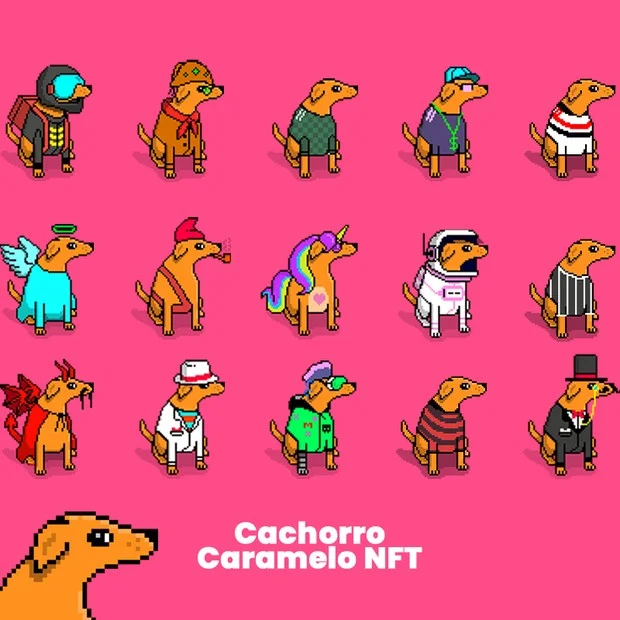
Future Outlook
Technological Developments: As blockchain technology evolves, the application scenarios for NFTs may expand further, incorporating more content types and cross-platform uses. In the future, we may see more innovative applications of NFTs across various industries.
Legal Frameworks: As the market matures, relevant laws and regulations are also developing to protect consumer and creator rights. This will help establish a more secure and transparent NFT market.
Real-World Examples
For example, renowned artist Beeple sold a digital artwork NFT for $69 million, highlighting the strong demand for unique art pieces in the market. Similarly, musicians like Grimes and Kings of Leon have successfully attracted attention and income by selling their music through NFTs.
Simple Example: Understanding NFTs
Imagine you own a unique digital trading card, perhaps one featuring your favorite athlete. This card's image and information are one-of-a-kind, with no identical cards available.
NFT Marketplace: You can create and trade this card on an NFT marketplace (like OpenSea).
Buying and Selling:
- Creation: You use an NFT creation tool to upload the card's image and information, minting it as an NFT.
- Sale: You can set a price, and other users can purchase your card on the platform.
Ownership: Once someone buys the card, they gain ownership of it on the blockchain, making it impossible for others to duplicate it.
Uniqueness: While the card's image can be copied and shared, only one person can own that specific NFT card, giving it collectible value.
FAQ
Q: How do I buy an NFT?
A: To buy an NFT, you need a cryptocurrency wallet and some cryptocurrency (usually Ethereum). Once you have these, you can browse NFT marketplaces like OpenSea, select the NFT you want, and complete the purchase using your wallet.
Q: What does owning an NFT mean?
A: Owning an NFT means you hold the unique token that represents a specific digital item, such as artwork or music. However, it’s important to note that owning an NFT does not always grant you copyright or other usage rights unless specified.
Q: How can I create my own NFT?
A: To create an NFT, you’ll need to use an NFT minting platform. You upload your digital content, set its properties, and pay a small fee (often called "gas fees") to mint it on the blockchain, making it officially yours.
Q: Are NFTs a good investment?
A: NFTs can be a speculative investment; their value can fluctuate significantly. While some have sold for millions, others may not retain value. It's crucial to do thorough research and understand the risks before investing in NFTs.
Related Articles
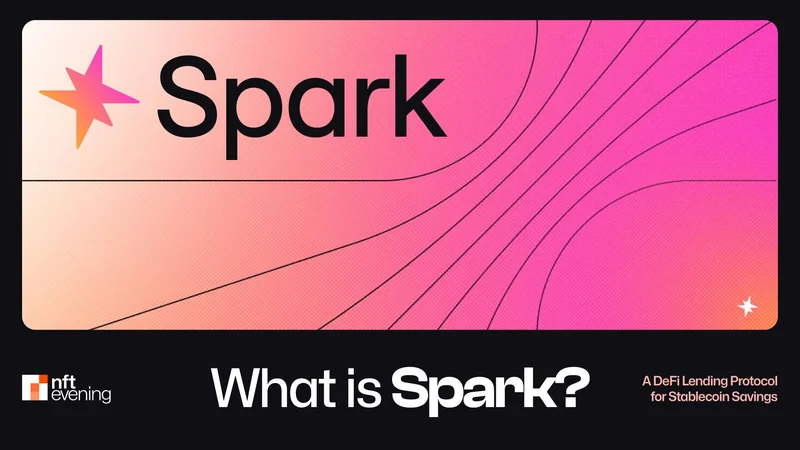
What is SparkLend? A Beginner-to-Advanced Guide to Decentralized Lending Made Easy
SparkLend is a decentralized, non-custodial liquidity market protocol built on the Ethereum blockchain. Simply put, it functions like a bank without intermediaries, allowing users to borrow and lend d
June 26, 2025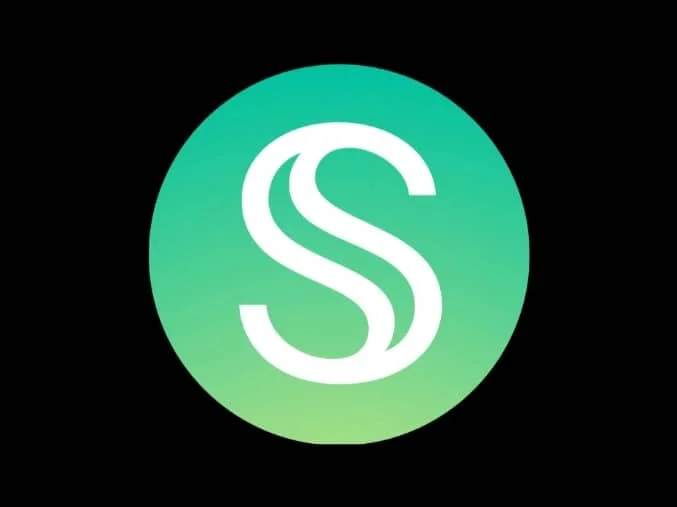
What is sUSDS? How Do I Acquire sUSDS?
This guide will walk you through Sky Savings’ sUSDS and sUSDC—your gateway to earning yield with stablecoins while keeping your funds secure.Sky Savings: Your Journey to Stablecoin Yields Begins HereW
June 26, 2025
What is SparkLend? A Complete Guide from Beginner to Pro
SparkLend is a decentralized, non-custodial liquidity market protocol that allows users to participate as lenders or borrowers. Lenders provide liquidity to earn passive income, while borrowers can ta
June 24, 2025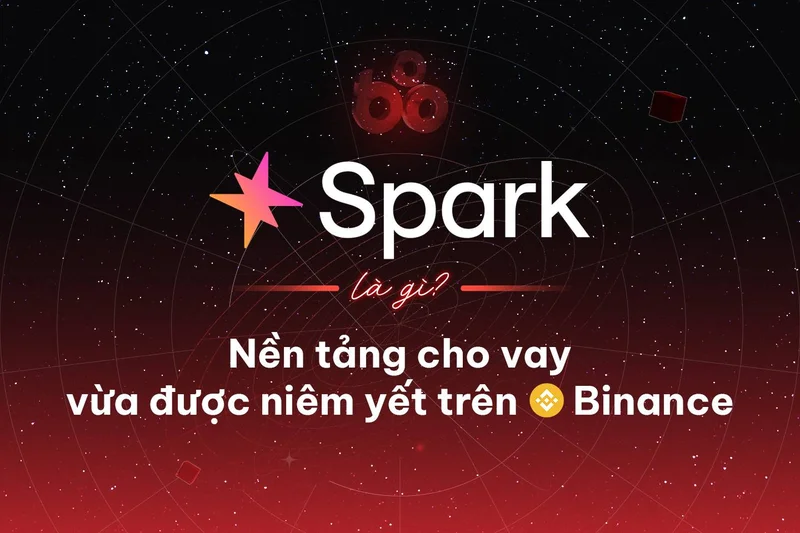
What Exactly Does Spark Protocol Do? A Complete Guide
This guide will walk you through Spark Protocol — an innovative platform designed to tackle the long-standing issue of fragmented liquidity in the DeFi space. You'll learn how to earn yield, borrow as
June 24, 2025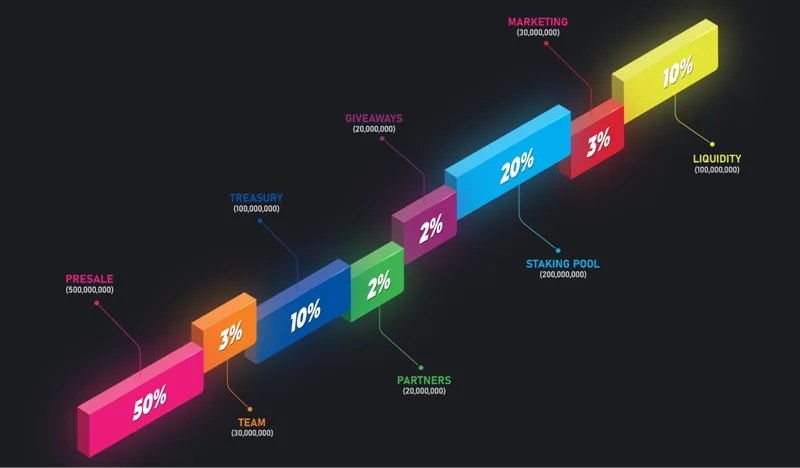
RXS Token Trading Guide: From Presale to Uniswap – A Complete Walkthrough
This guide will walk you through the trading process of the RXS Token, from the restrictions during the presale phase to free trading on Uniswap, helping you trade securely and efficiently.1. Introduc
June 24, 2025
